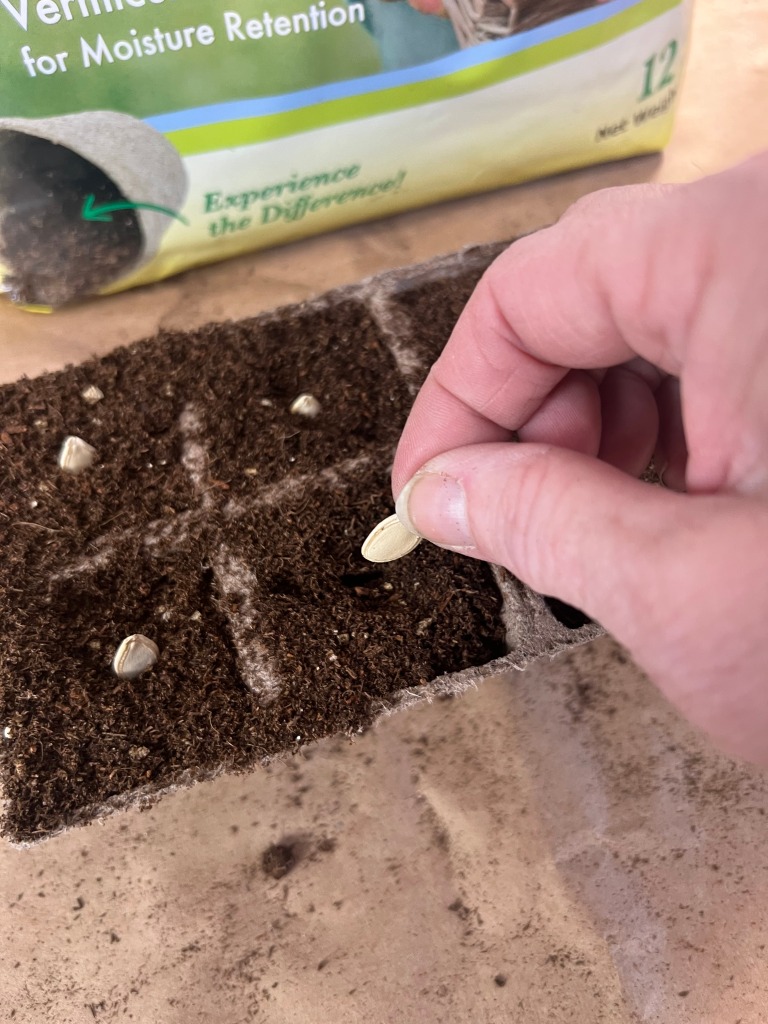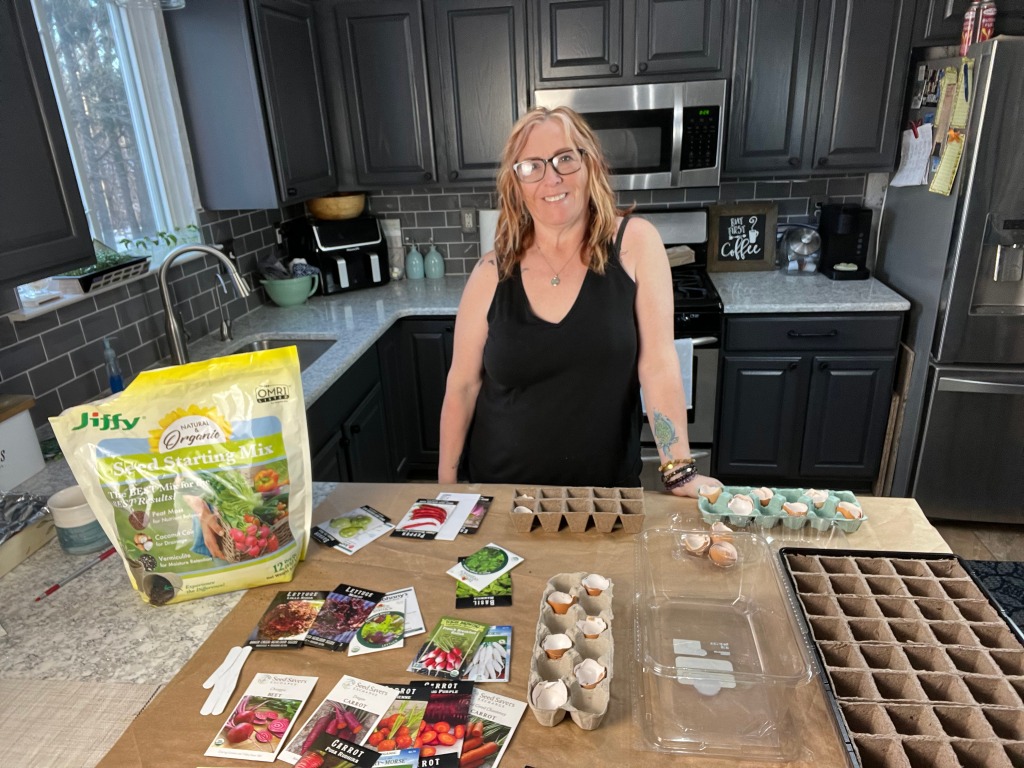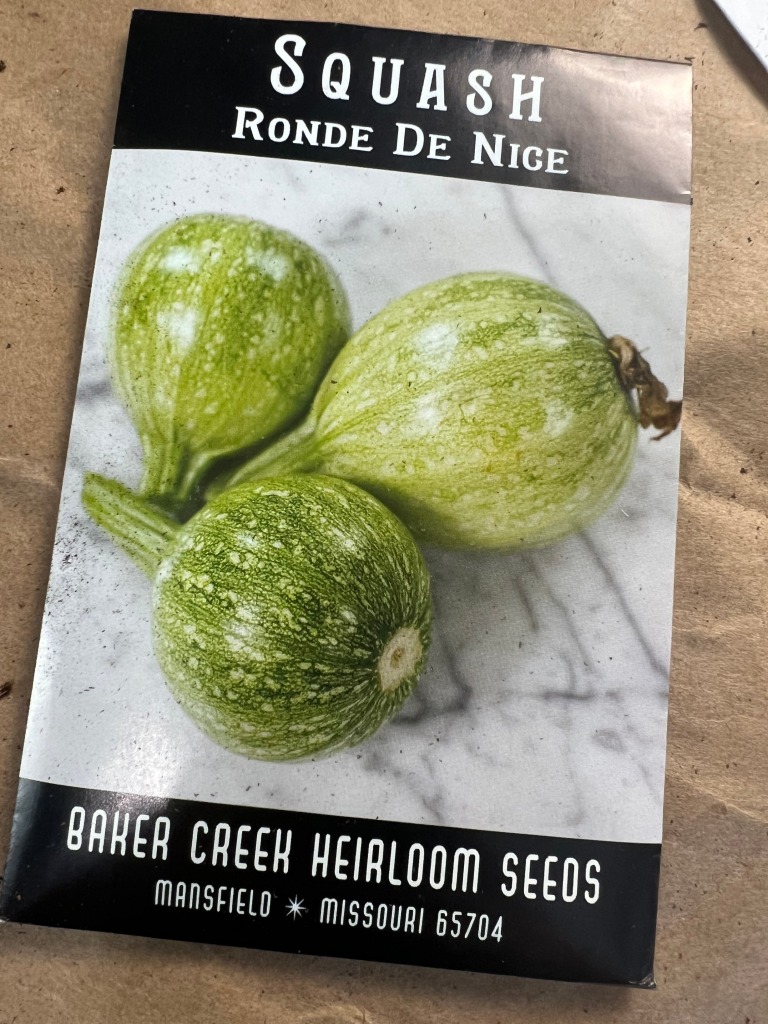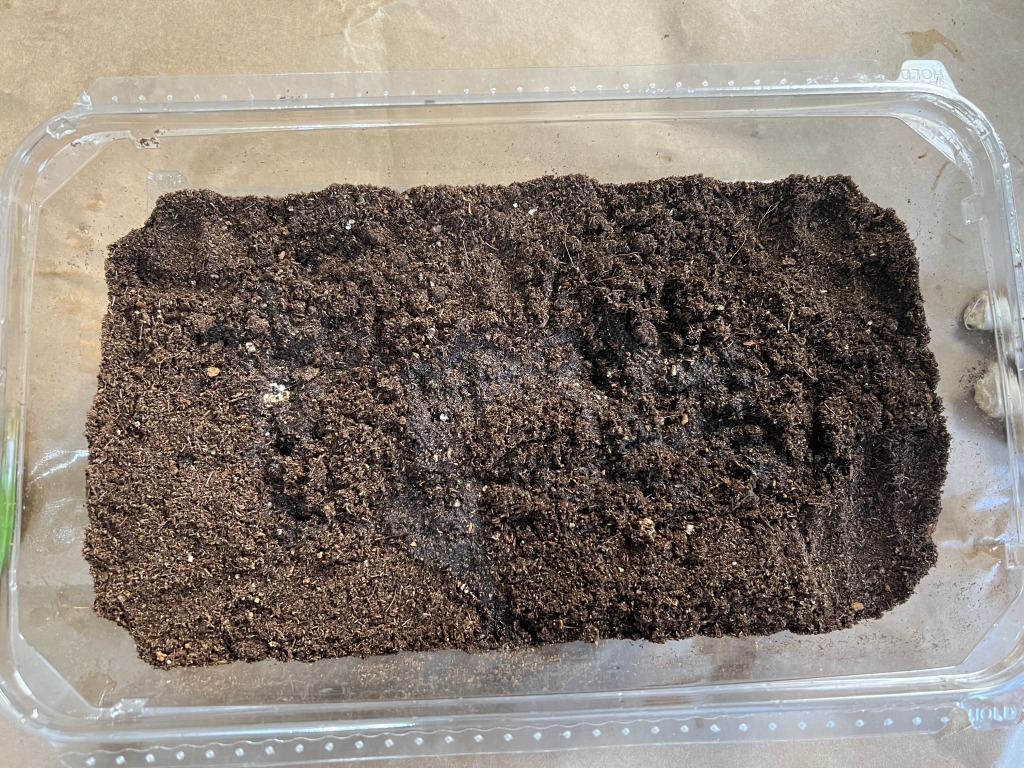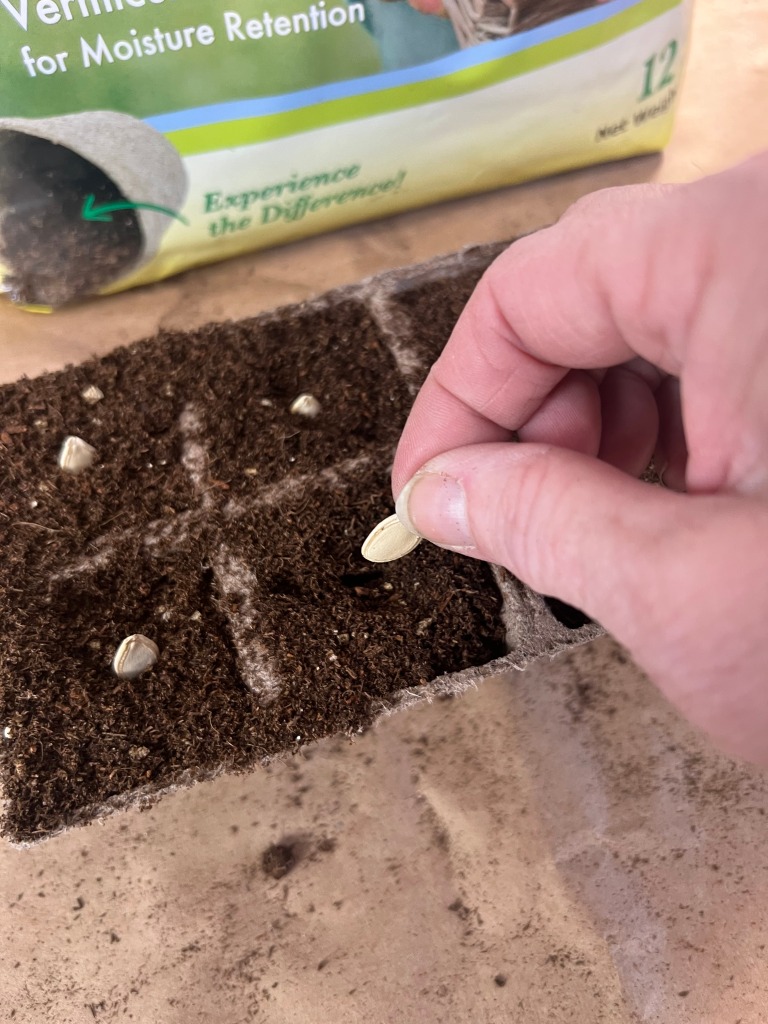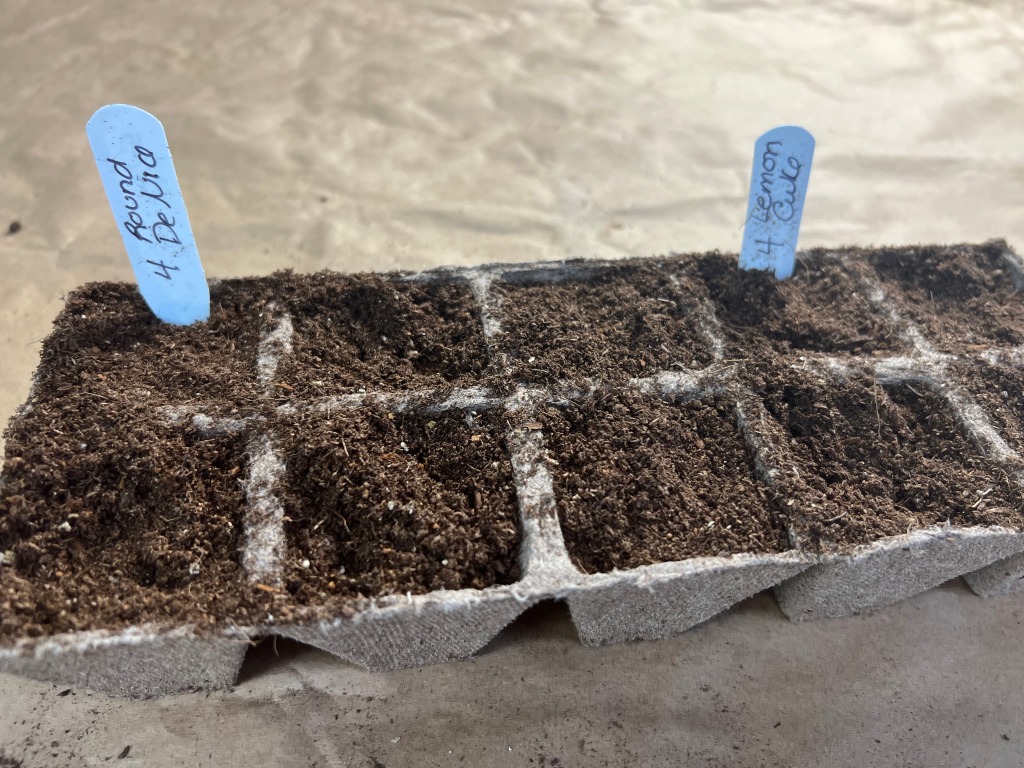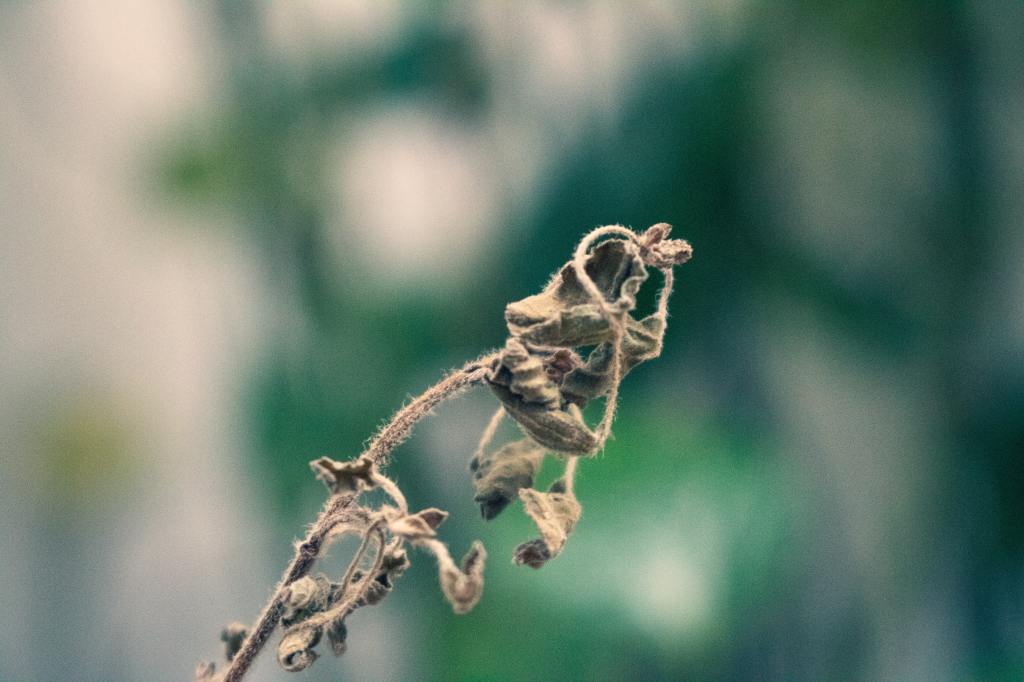
Introduction to January gardening
Well it’s that time of year… the time I get extremely giddy & excited. It’s seed ordering time! I love flipping through the pages and seeing what new varieties of beautiful heirlooms are available and what I’ll try this year. If you’ve been watching my Facebook & Instagram pages, you’ll have seen all the NEW cherry tomatoes I plan on growing this year for my market friends at The Walled Lake Farmers Market!
Then in just a few short weeks I’ll get to start playing in the dirt again. I’ll be starting my pepper, tomato, & eggplant seeds!
January may seem like an unlikely time to start gardening, especially for those living in colder climates. However, savvy gardeners know that this month can actually be the perfect time to get a head start on the growing season. By starting seeds indoors in January, you can give your plants a longer growing period and enjoy an abundant harvest come spring. In today’s blog post I’ll explore the benefits of starting seeds in January, provide tips on choosing the right seeds, and offer a selection of top vegetable and flower seeds for January planting. Read on friends!

Benefits of starting seeds in January
Starting seeds indoors in January offers several advantages for gardeners. First and foremost, it allows you to extend the growing season and get a head start on the spring planting. By starting seeds indoors, you can nurture the young plants in a controlled environment, ensuring they have optimal conditions for germination and growth.
Another benefit of starting seeds in January is that it gives you a wider selection of plant varieties to choose from. Many seed catalogs offer a greater range of options at the beginning of the year, allowing you to experiment with new and exciting varieties. Additionally, starting seeds indoors can also save you money. Purchasing seed packets is often more cost-effective than buying pre-grown plants, and you can grow a larger quantity of plants for the same price.

Join the list
Join hundreds of our subscribers and be the first to know about new content and special offers.
How to choose the right seeds for January planting
Choosing the right seeds for January planting is crucial for a successful gardening season. When selecting seeds, consider the specific requirements of the plants you wish to grow. Take into account factors such as sunlight needs, temperature preferences, and the amount of space available in your garden.
It is also important to choose seeds that are appropriate for your growing zone. Certain plants thrive in colder temperatures, while others require warmer conditions. Check the hardiness zone map for your area to determine which plants are most suitable for January planting.

Lastly, consider your personal preferences and gardening goals. Do you want to grow a variety of vegetables for a bountiful harvest? Or are you more interested in cultivating a colorful flower garden? Tailor your seed selection to align with your aspirations and the unique conditions of your garden.
Top vegetable seeds for January planting
When it comes to vegetable seeds, some varieties are particularly well-suited for January planting. Here are a few top choices:
1. Lettuce: Lettuce is an excellent option for January planting, as it grows well in cooler temperatures. Choose from a variety of lettuce types, such as romaine, butterhead, or loose-leaf, depending on your preferences.
2. Spinach: Spinach is another cold-tolerant vegetable that can be started indoors in January. It is packed with nutrients and can be harvested multiple times throughout the growing season.
3. Radishes: Radishes are a quick-growing root vegetable that thrives in cooler temperatures. They can be sown directly in the garden or started indoors and transplanted later.
Top flower seeds for January planting
If you’re looking to add some color and beauty to your garden, here are a few top flower seeds to consider planting in January:
1. Pansies: Pansies are known for their vibrant colors and cold-hardiness. They can be started indoors in January and transplanted outdoors once the weather warms up.
2. Sweet peas: Sweet peas are beloved for their fragrant, delicate blooms. Start the seeds indoors in January and enjoy their lovely flowers in the spring.
3. Snapdragons: Snapdragons come in a range of colors and add vertical interest to any garden. They can be started indoors in January and transplanted outside once the danger of frost has passed.
Tips for successful seed starting in January
Starting seeds in January requires careful attention and proper techniques to ensure success. Here are some tips to help you get started:

1. Provide adequate light: Since January days are shorter and sunlight is scarce, it is crucial to provide sufficient light for your seedlings. Consider using grow lights or placing your plants near a south-facing window to maximize their exposure to sunlight.
2. Maintain proper temperature: Most seeds require a consistent temperature for germination. Keep your seed trays in a warm area of your home, such as near a heating vent or on top of a seedling heat mat. Use a thermometer to monitor the temperature and make adjustments as needed.
3. Water appropriately: Proper watering is essential for seed germination. Avoid overwatering, as this can lead to root rot. Instead, water your seedlings when the top inch of soil feels dry to the touch. Use a spray bottle or a watering can with a fine spout to provide a gentle and even distribution of water.
Essential gardening tools for January planting
To ensure a successful gardening experience in January, it is important to have the right tools at your disposal. Here are some essential gardening tools you may need:
1. Seed trays or pots: These are necessary for starting seeds indoors. Choose trays or pots that have proper drainage to prevent waterlogging.
2. Seed starting mix: A high-quality seed starting mix provides the ideal growing medium for your seeds. Look for a mix that is lightweight, well-draining, and sterile to minimize the risk of disease.
3. Plant labels: Labeling your seedlings is crucial for organization and identification. Use weather-resistant plant labels or popsicle sticks to keep track of your different seed varieties.
Common mistakes to avoid when starting seeds in January
While starting seeds in January can be rewarding, there are some common mistakes that gardeners should avoid. By being aware of these pitfalls, you can increase your chances of success. Here are a few mistakes to steer clear of:
1. Starting too early: It’s important to time your seed starting correctly. Starting too early may result in leggy and weak seedlings, as they will have to be indoors for an extended period of time before being transplanted outside.
2. Overwatering: Overwatering is a common mistake that can lead to damping-off disease and root rot. Remember to water your seedlings only when necessary and avoid keeping the soil overly moist.
3. Neglecting hardening off: Hardening off is the process of gradually acclimating your seedlings to outdoor conditions. Failing to harden off your plants before transplanting them outside can shock and damage them.
Seed starting resources and guides

If you’re looking for more information and resources on starting seeds in January, there are several helpful guides available. Here are a few recommendations:
1. The Old Farmer’s Almanac: The Old Farmer’s Almanac provides a wealth of information on gardening, including detailed planting guides and tips for starting seeds. Their website offers a variety of resources for gardeners of all experience levels.
2. Seed catalogs: Many seed companies publish catalogs that contain valuable information on seed starting. These catalogs often include specific instructions for each type of seed, helping you make informed decisions.
3. Online gardening forums: Joining online gardening forums and communities can provide you with a wealth of knowledge and advice from experienced gardeners. These platforms allow you to ask questions, share your experiences, and learn from others.

January may be a time of cold weather and dormant gardens, but it is also an opportunity for gardeners to get a head start on the growing season. By starting seeds indoors in January, you can enjoy the benefits of an extended growing period, a wider selection of plant varieties, and cost savings. Remember to choose the right seeds for your growing zone and personal preferences, and follow proper techniques for successful seed starting. With the right tools and knowledge, you can kickstart your gardening journey in January and look forward to a bountiful harvest in the months to come.
CTA: Get started on your January gardening journey today by selecting your favorite seeds and gathering the necessary tools. With a little planning and care, you’ll be rewarded with beautiful blooms or a delicious harvest. Don’t let the cold weather deter you – embrace the opportunity to get a head start on gardening and enjoy the benefits of starting seeds in January. Happy gardening!
If you enjoyed this blog , please LIKE, Follow, Share & leave me a comment! I love your feedback!
If you aren’t following me on Facebook & Instagram, go on over & give a LIKE & Follow me for daily tips & tricks for your home & garden!
Remember to eat fresh, shop local, & have a happy day,
Jean
Copyright Policy
All text and images on this site are copyright of For Dragonflies And Me. Unless otherwise noted, you may not use this content
This post may contain affiliate links. If you choose to purchase through an affiliate link, I may receive a small commission at no additional cost to you. You can see my full disclaimer here.







